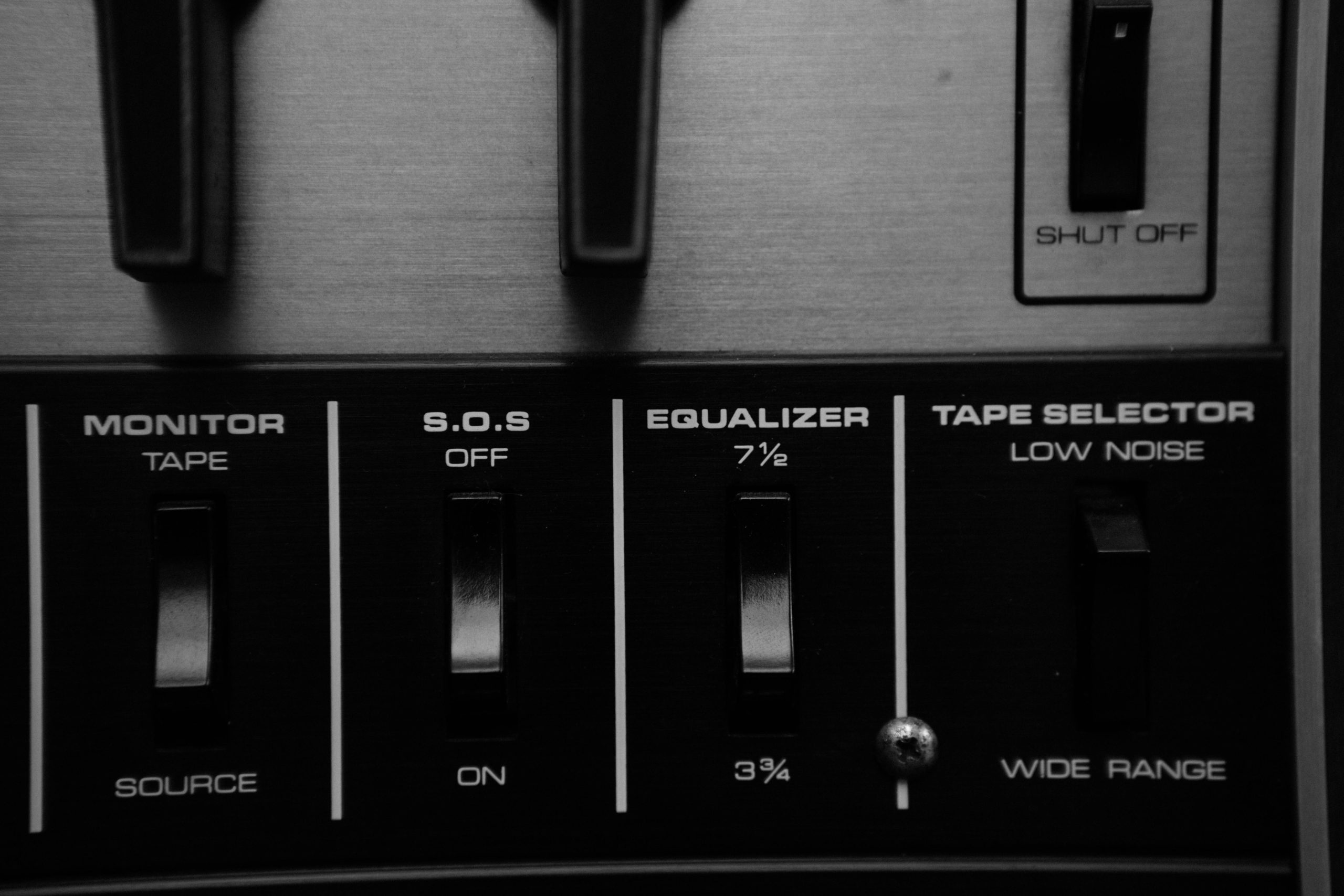Troubleshooting Flickering Issues When Disabling a Secondary Monitor on Windows Systems
Experiencing display issues can be both frustrating and disruptive to your workflow. One common problem encountered by multi-monitor users involves the primary display flickering or flashing when disconnecting or disabling a secondary monitor. This article explores potential causes and solutions for this issue, based on a typical scenario reported by a dual-monitor setup.
Understanding the Scenario
In many multi-monitor configurations, users typically run two displays simultaneously—often from different brands or with different specifications. A common symptom observed is that the main monitor begins to flicker or intermittently turn on and off when the secondary monitor is disabled or disconnected. Notably, this flickering occurs without the monitor physically disconnecting—no disconnect sounds are played, and the secondary monitor does not assume the primary role, indicating software or driver issues rather than hardware disconnections.
Case Example
Consider a setup with the following components:
– Main Monitor: MSI MPG321UX OLED
– Secondary Monitor: ASUS XG27AQDMG OLED
– Graphics Card: NVIDIA RTX 5080
The user reports that both monitors function correctly when both are enabled. However, upon disabling or disconnecting the secondary monitor, the primary monitor begins to flicker significantly. Repeatedly changing DisplayPort (DP) ports and swapping cables did not resolve the problem. The issue is purely software-related, as the monitor remains physically connected and powered.
Possible Causes and Solutions
-
Graphics Driver Issues
Outdated or corrupted graphics drivers can lead to display flickering during display configuration changes. Updating your GPU drivers to the latest version may resolve flickering issues. For NVIDIA cards, download the latest drivers directly from the official NVIDIA website and perform a clean installation. -
Display Configuration Settings
Incorrect or conflicting display settings can cause flickering. Access your display settings through the Windows Display Settings and ensure that only the primary monitor is selected when disconnecting the secondary. Additionally, resetting display configurations to default can help eliminate misconfigurations. -
HDMI/DisplayPort Compatibility and Cables
Although the user has tried switching ports and cables, ensure that all cables are certified and functioning correctly. Sometimes, using different or high-quality cables for the primary connection can reduce issues. -
Power Settings and Hardware Compatibility
Ensure that your monitors and GPU are configured for optimal compatibility. Check monitor firmware updates and GPU control panel settings to ensure proper handling of multi-display configurations. -
Windows Display Driver Reset
Sometimes, simply restarting
Share this content:



